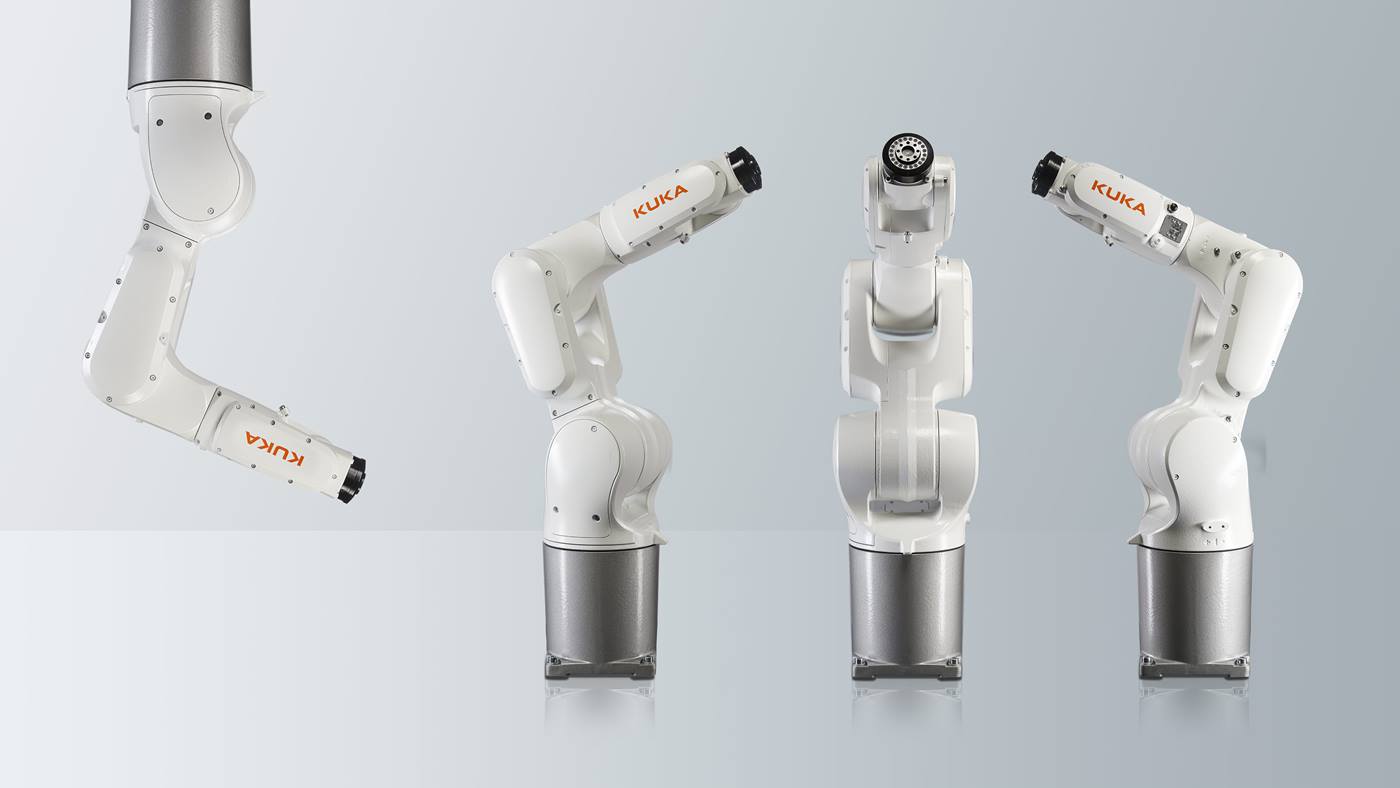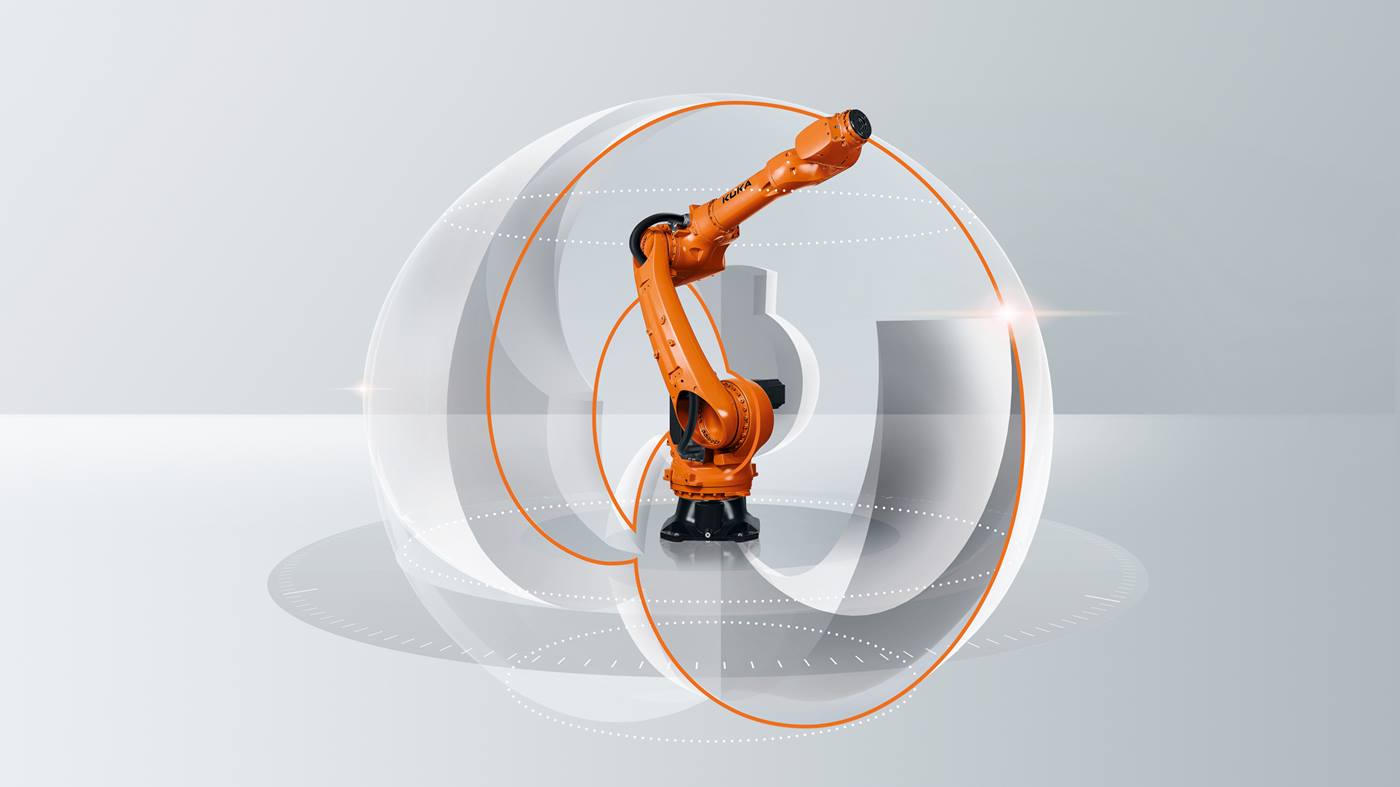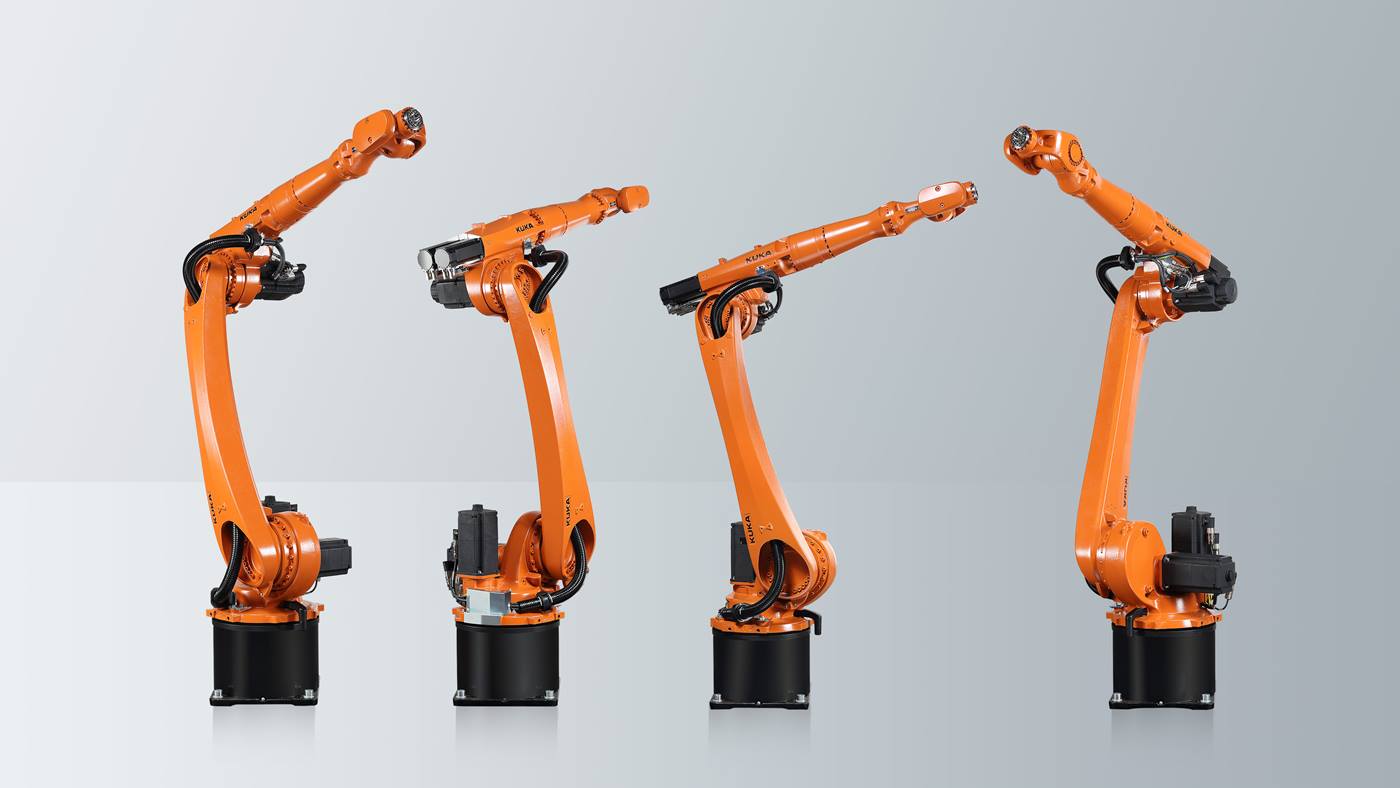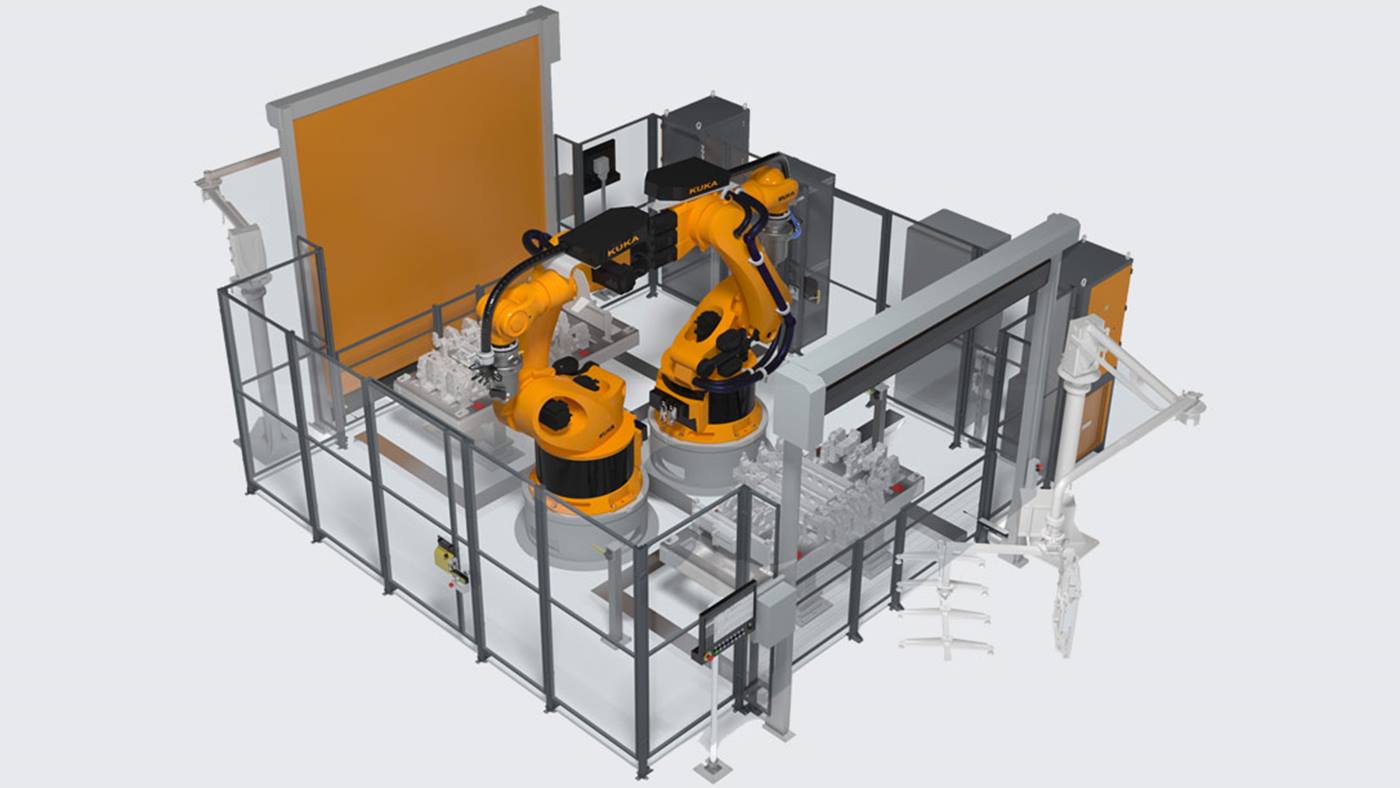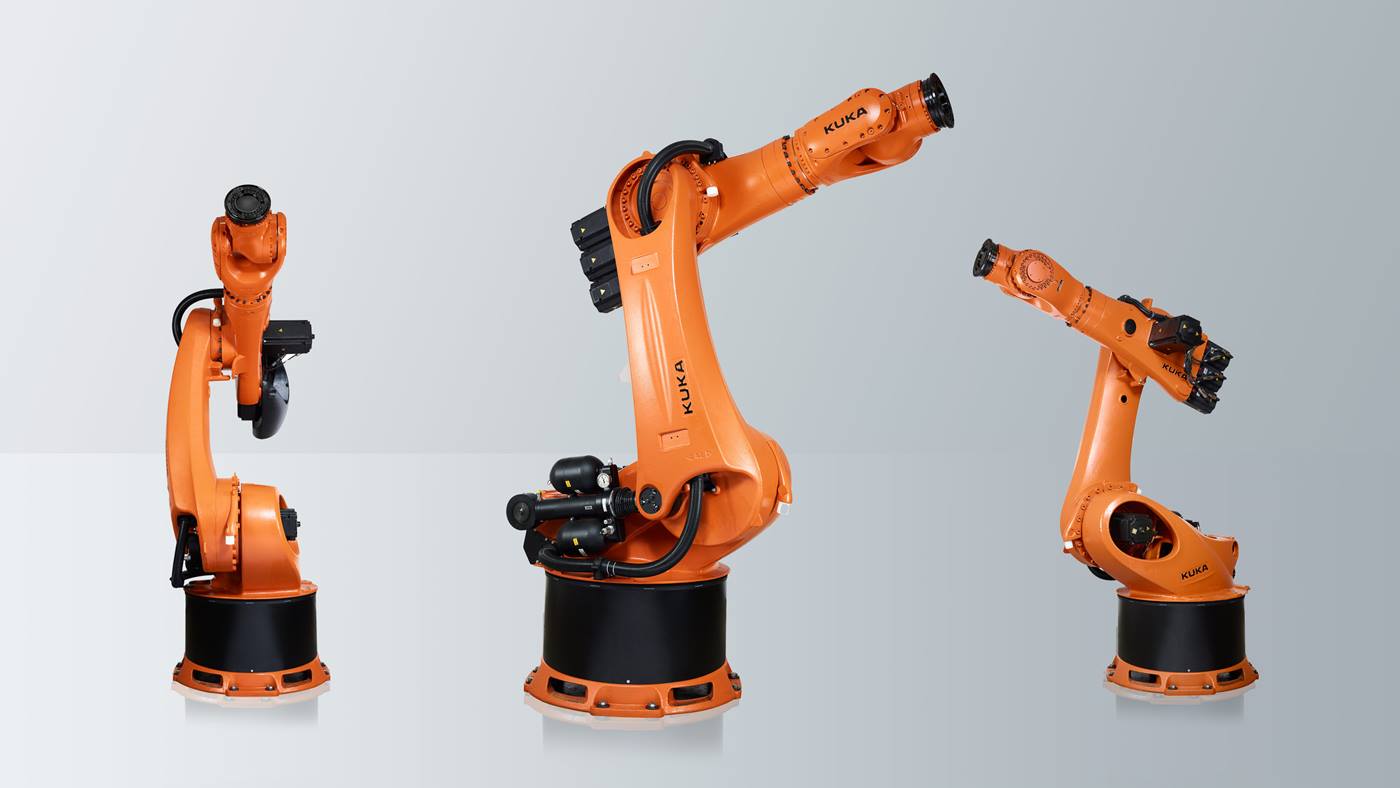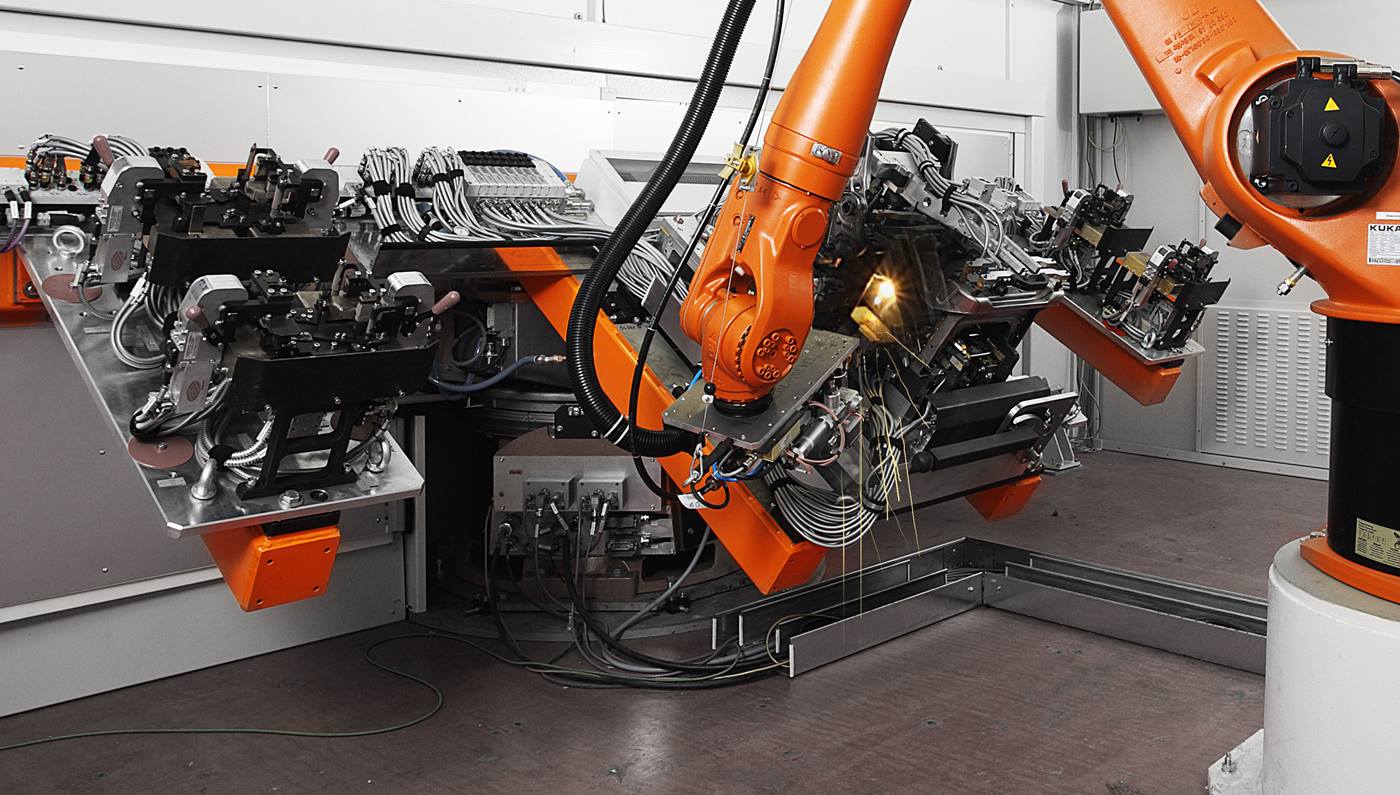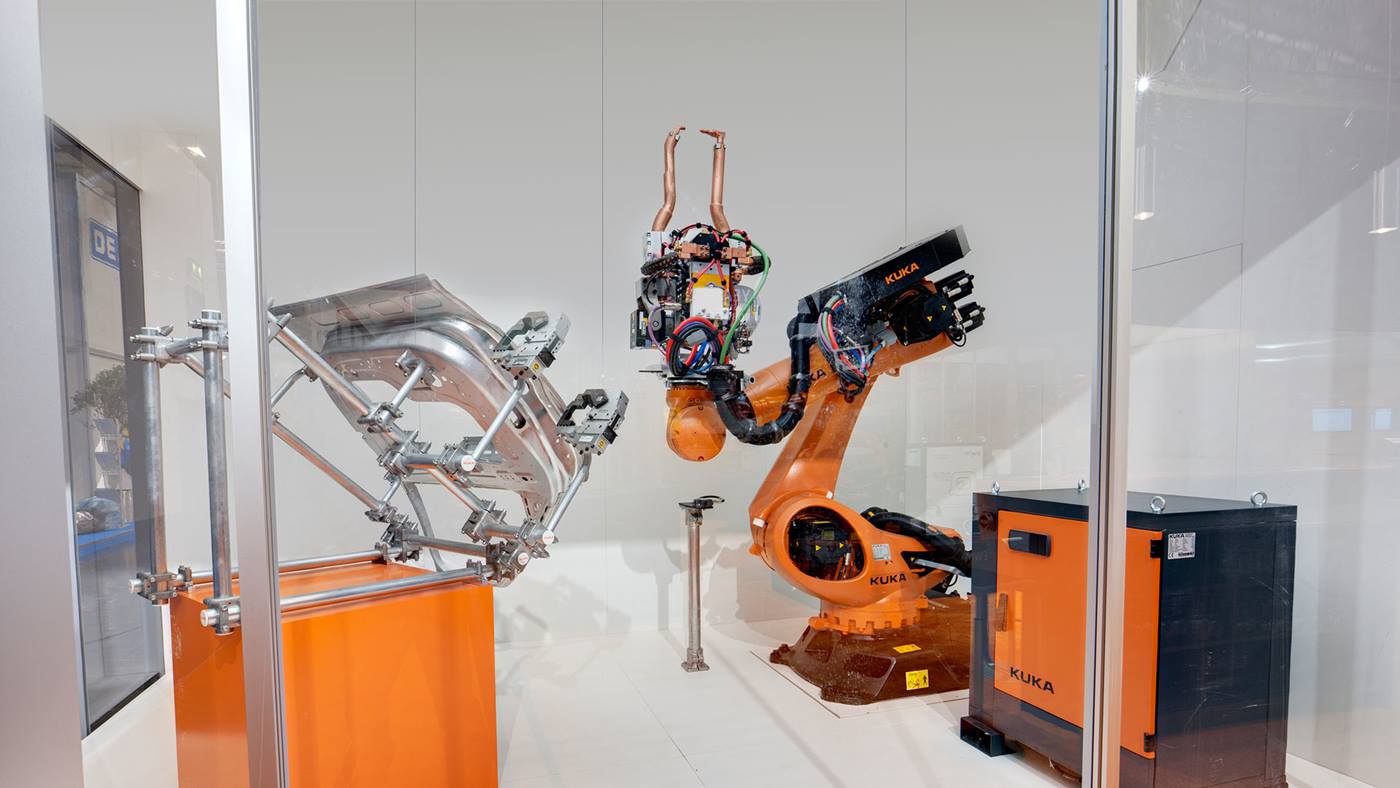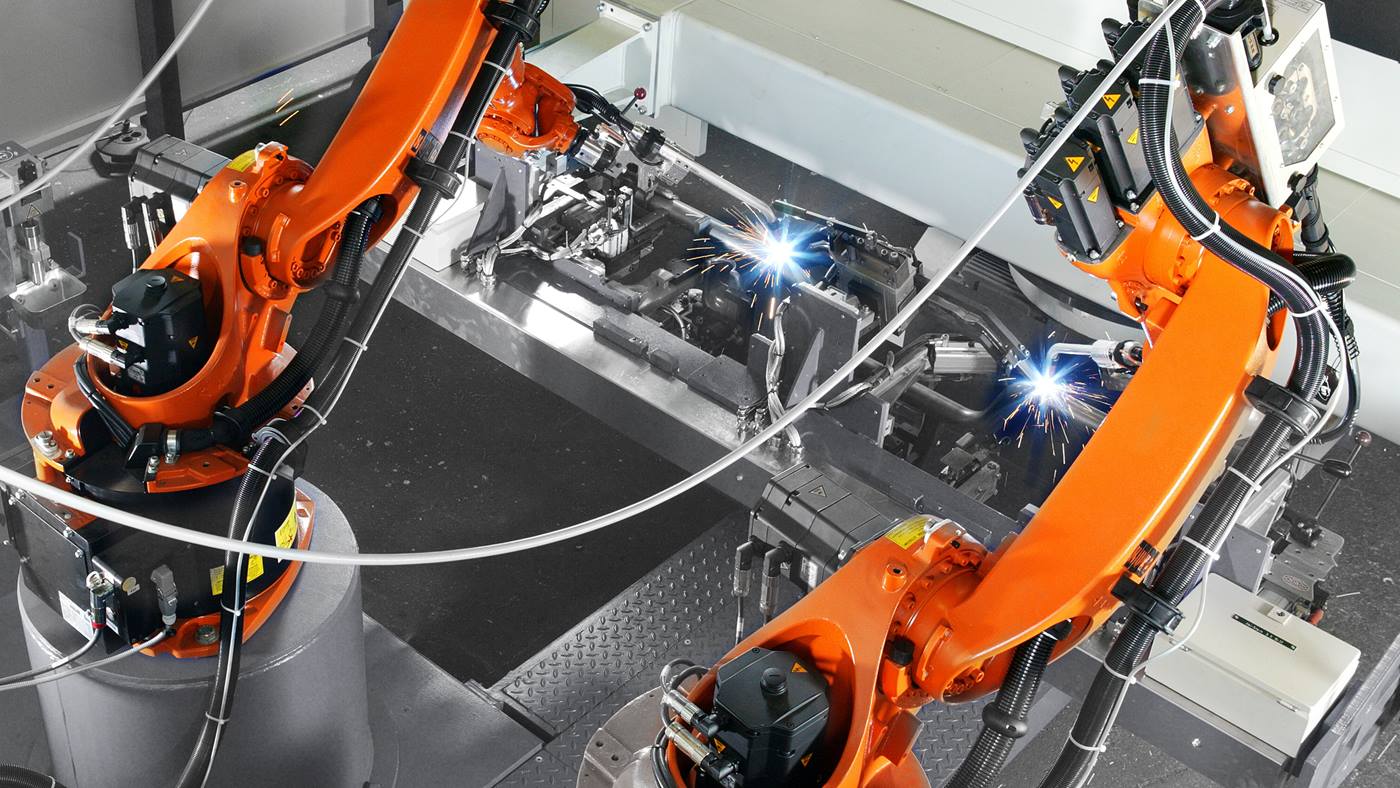Gas metal-arc welding is an arc welding process in which an electric arc is ignited between an electrode and the component, fusing the workpiece and, if applicable, a filler metal. In aluminum arc welding, an inert gas flows around the electrode and the weld pool to creating a shielding effect to prevent an undesirable chemical reaction of the oxide and molten material. Influencing the arc through appropriate selection of the electrical parameters and shielding gas can have a targeted effect on the seam formation, weld pool temperature and welding speed.
MIG welding (metal inert gas welding): In MIG welding, a melting aluminum welding wire is used as an electrode. This filler metal serves to bridge gaps, if necessary, or increase the strength of the joint. The choice of aluminum alloy for the filler wire can also influence the properties of the joint in the MIG welding process. Argon is the most commonly used shielding gas in welding aluminum. MIG welders are good for thicker pieces of aluminum steel because MIG welding thin pieces of aluminum steel could result in burn-through. The minimum aluminum thickness for MIG welding should be 14 ga to 18 ga. If the alloy is thinner TIG welding is the more appropriate process.
TIG welding (tungsten inert gas welding): In TIG welding, a burning arc is placed between the aluminum component and a non-melting tungsten electrode. TIG robotic welding requires an alternating current with a high-frequency electrode that doesn't need to come into contact with the alloy therefore reducing contamination.
Plasma welding: Plasma welding is a variant of TIG welding in which the arc is constricted by a water-cooled nozzle and an additional plasma gas is supplied. This creates a focused arc with higher energy density. It also impedes oxide formation creating a strong aluminum alloy weld seam.
Advantages of the process
Application





